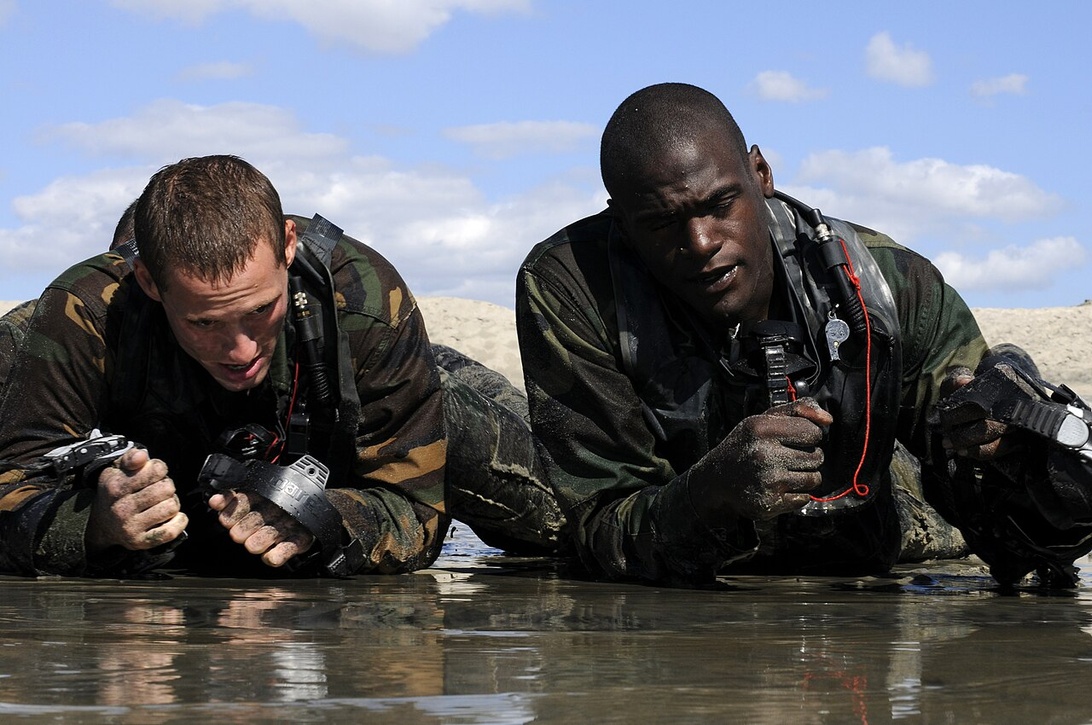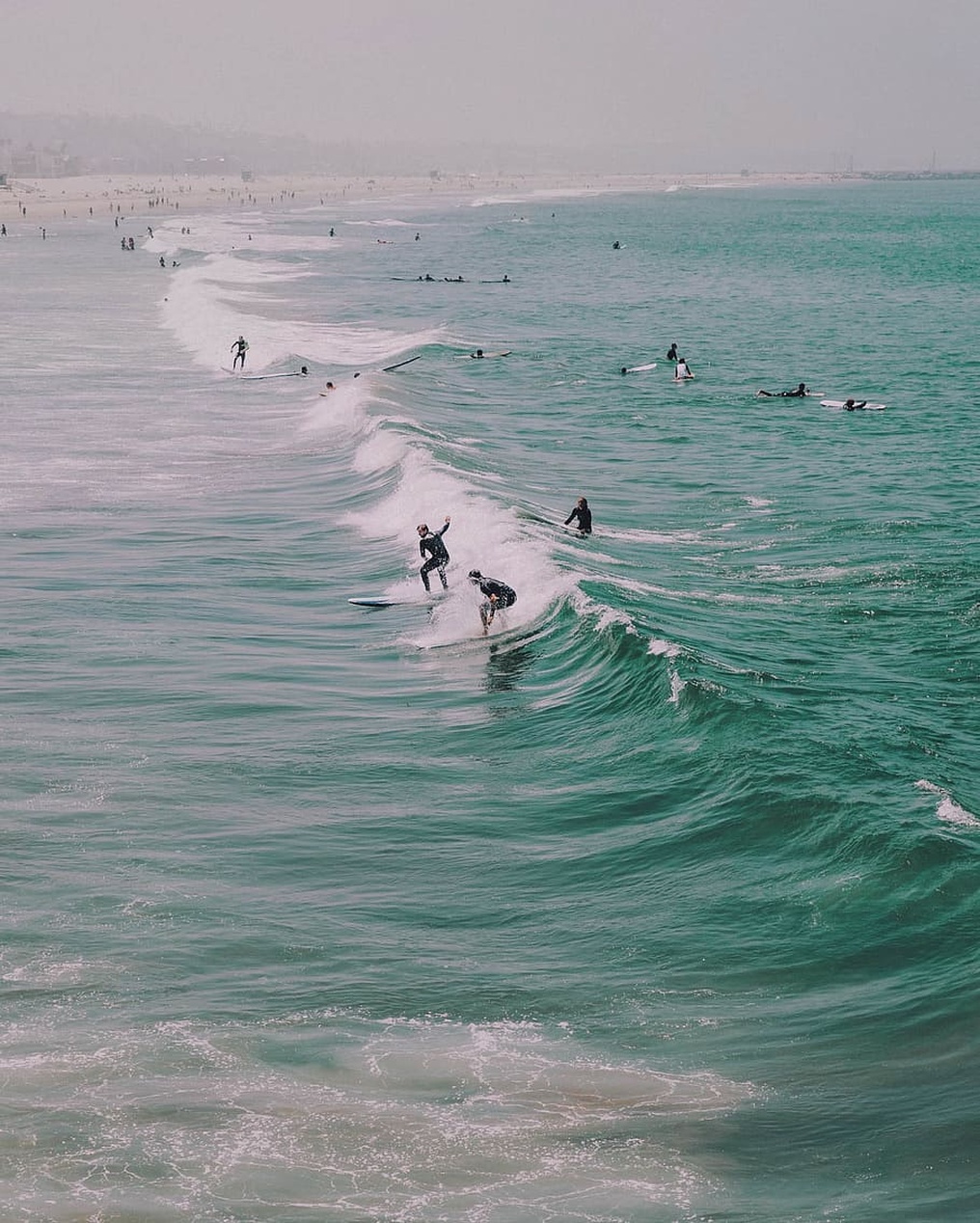Surf culture has always been built on community. It is that quiet understanding in the water, the tips shared at dawn, and the stories exchanged over coffee after a session. Traditionally, these communities were hyperlocal, tied to a specific beach or stretch of coast. But as our world becomes increasingly digital, the surf community is undergoing a fundamental transformation. The digital tools once reserved for office life are now tearing down geographical barriers, creating a new, global wave of connection and knowledge sharing.
From Local Break to Global Network
I clearly remember how it used to be. Information about swells, wind directions, and tides were local secrets, often scribbled on a whiteboard in the local surf shop or passed by word of mouth. Being part of the community meant being physically present, getting to know the local riders, and earning your place in the lineup. Today, the landscape looks completely different. Over the years, I have watched as online communities on platforms like Reddit’s r/surfing, social media groups, and dedicated surf apps have created virtual meeting places. These digital hubs act as a global bulletin board where surfers from all over the world can connect, share experiences, and plan their next adventures. It is no longer just about who is at your local break, but about a worldwide network of like-minded people who share a passion for the ocean. This evolution has fostered a stronger sense of global belonging, where a surfer in Portugal can share board selection tips with someone in California in real time.
The Rise of the Surfing Digital Nomad
The technological revolution, with its advancements in communication tools and cloud based platforms, has given professionals the freedom to work from almost anywhere. This has opened the door for many to integrate a passion for surfing with their careers, creating a new generation of digital nomads who chase swells instead of commutes. This blend of career and passion has become so popular that many now seek out guides on achieving work-life harmony as a remote working surfer. This new lifestyle demands effective communication structures. In the corporate world, many successful companies invest heavily in a well-executed Intranet design for a digital workplace strategy that keeps their teams connected and productive, and these principles are now organically mirrored in the surfing world. Instead of a formal intranet, surfers use a combination of tools to build a virtual surf lodge.
Building a Virtual Surf Lodge with Everyday Tools
This decentralized, digital surf lodge keeps the global community synchronized and engaged, no matter where its members are. WhatsApp groups buzz with instant swell alerts and real time conditions. Facebook groups have become bustling marketplaces for buying and selling used gear, while specialized forums host deep dive discussions on everything from fin setups to sustainability. These tools, when used together, create a powerful ecosystem for connection and information that supports surfers both on the road and at home.

The rise of the digital nomad: A laptop and a good internet connection are all that is needed to trade an office view for an ocean one.
Real Time Knowledge and Safety in the Digital Age
The true power of these digital tools extends far beyond the social aspect. They have become indispensable for knowledge sharing and safety. Forecasting apps like Surfline and Magicseaweed provide up to the minute swell data, wind direction, and tide charts, ensuring you never miss a perfect window. More importantly, instead of relying on outdated guidebooks, traveling surfers can now get timely information about dangerous currents, local rules, and the current vibe at a specific break directly from those who are there. This democratizes knowledge and makes the sport more accessible and safer for newcomers. I have seen firsthand how experienced surfers use these platforms to act as mentors. For instance, a veteran in Hawaii might watch a video clip posted by a beginner in Spain and offer a simple tip, like adjusting foot placement on the board, that completely changes their approach. This digital extension of oral tradition helps wisdom spread faster and wider than ever, contributing to a more informed and responsible surf culture.

Real-time swell data from apps like Surfline and Magicseaweed means never missing the perfect set, while community forums offer crucial safety tips for unfamiliar spots.
Balancing Global Connection and Local Culture
While the digital transformation offers enormous benefits, it also raises questions about the future of local surf cultures. Is there a risk that the global, digital community will dilute the unique traditions and distinct identity that each surf spot holds? Perhaps. But I believe we are seeing a coexistence. Digital tools do not have to replace the physical community; instead, they can complement it. They can help us find our tribe, no matter where we are, while also reminding us of the importance of respecting and engaging with the local culture once we paddle out. The transformation is not about choosing between the digital and the physical, but about finding a harmony where technology serves our shared passion. In the end, it is still the feeling of the wave under the board that unites us. Digital tools have simply become a new way to share that feeling with the entire world.

Technology complements the physical community, allowing surfers to share last-minute tips and coordinate sessions right on the beach.
